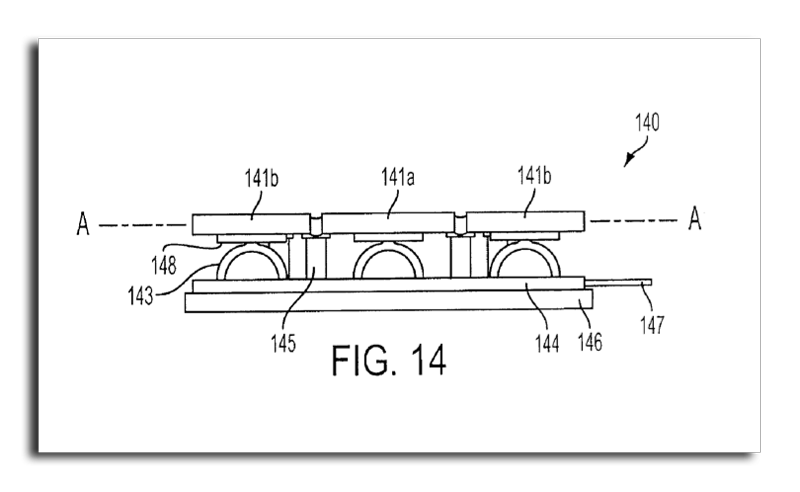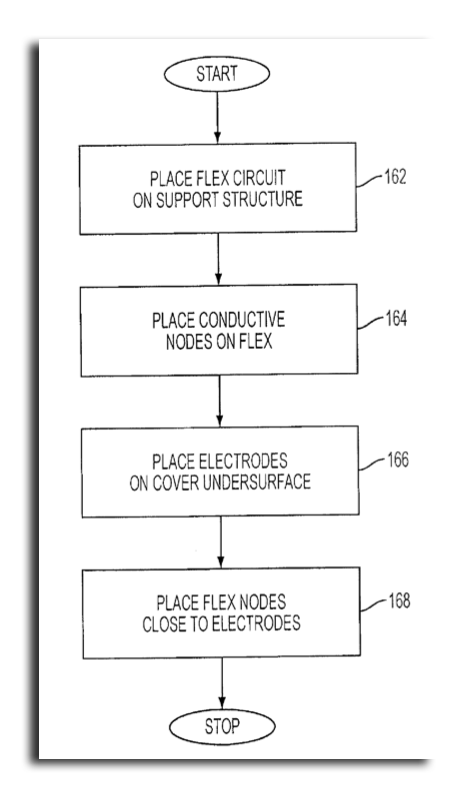New capacitive touch nodes from Apple could result in thinner iPhones
The U.S. Patent and Trademark Office this week revealed a new patent application from Apple entitled "Touch Sensing Device Having Conductive Nodes." First discovered by AppleInsider, it describes a new method to create a capacitive touchscreen or panel, which could allow for thinner devices.
Apple's application notes that capacitive sensing technology works well in existing devices, but improvements can still be made. In addition to creating thinner versions of products like the iPhone and iPad, Apple's proposed invention is said to also allow for power savings, potentially granting portable devices a longer battery life.
"In many cases, the size of a portable electronic device can be limited by the size of the operational components used therein..." the application reads. "As such, there can be a desire to make these operational components smaller, thinner, more cost effective, and more power efficient, while maintaining or increasing their functionality to perform operations."
Apple's proposed invention would have conductive nodes placed on a surface opposite a touch panel or display. The two surfaces would be in close proximity, which would allow conductive electrodes and conductive nodes to sense fingertips on the touchable surface.
The application states that having these surfaces be separate, rather than have the conductive nodes on the touch surface itself, would cut down on the hardware necessary for a touch panel.
"By locating the conductive nodes associated with a structure away from, but proximate to, the structure having the touchable surface, the touch sensing device can advantageously be made thinner because it can eliminate extra space and/or components needed for configurations in which the conductive nodes reside on the touchable surface structure," the application reads.
It continues: "This can also advantageously result in power savings and improved performance for a reduced number of components."
In addition to touch displays like the iPhone and iPad, the application also references that the technology could be employed in clickable trackpads on MacBooks, and even the click wheel still used on the iPod classic.
The proposed invention is credited to two of Apple's most prominent engineers, Steve Hotelling and Steve Zadesky. Revealed by the USPTO this week, it was first filed by Apple in July of 2009.
Apple popularized multi-touch with the release of the iPhone in 2007, and owns numerous patents related to its innovative touch technology. Last October, the USPTO formally granted Apple ownership of the invention of multi-touch gestures such as pinch-to-zoom and virtual knob controls.
 Neil Hughes
Neil Hughes












 William Gallagher and Mike Wuerthele
William Gallagher and Mike Wuerthele
 Christine McKee
Christine McKee
 William Gallagher
William Gallagher
 Malcolm Owen
Malcolm Owen
 Marko Zivkovic
Marko Zivkovic


 Wesley Hilliard
Wesley Hilliard







